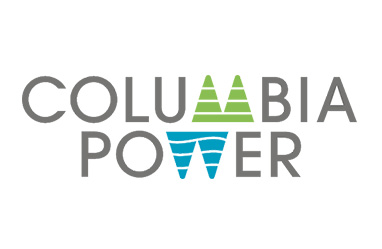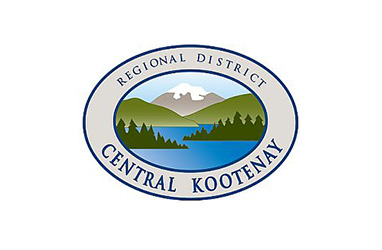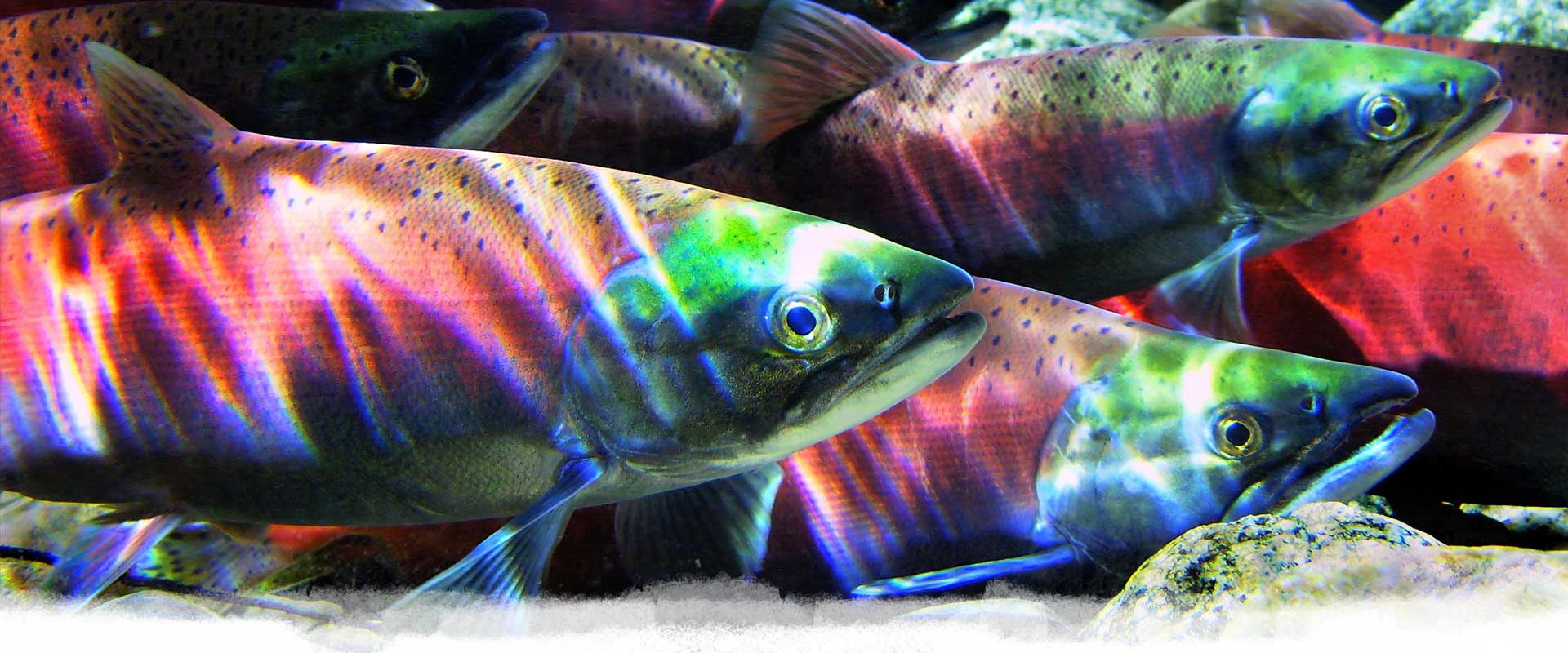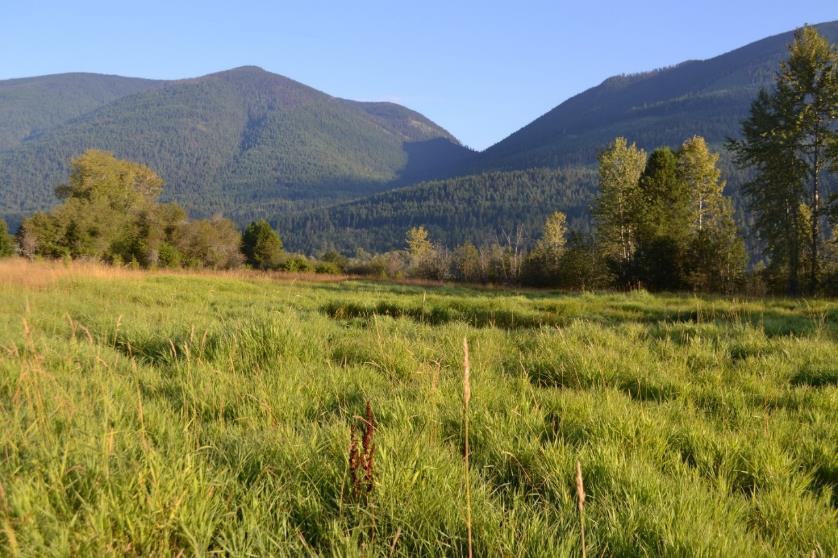
19 Nov What’s Up with Harrop Wetland & How You Can Help
Harrop Wetland is a small but very important habitat located in Sunshine Bay Regional Park, Harrop, BC. It is considered an ephemeral wetland, meaning it only retains water seasonally and only in wet years, filling primarily by Kootenay Lake floodwaters and precipitation. Since 2013, we have been working together with the Harrop community, volunteers, and numerous experts to restore and monitor the wetland, with the goal to increase water retention and improve breeding success of western toads (Anaxyrus boreas) who have been impacted by insufficient water levels and destructive recreation. Despite the restoration efforts in 2014, monitoring data throughout the years showed that the wetland wasn’t quite meeting restoration goals and more work needed to be done. Thanks to the support from Columbia Power and Kootenay Lake Local Conservation Fund, we were able to rejig our program in 2021 by monitoring and assessing the site, re-engaging the Harrop community, and developing a robust plan for continued restoration efforts.
2021 Harrop Wetland Monitoring and Assessments
In 2021 we trained volunteers to monitor amphibians and water levels with the support of wildlife technician Katherine McGlynn. We hosted two public meetings with the Harrop community and wetland
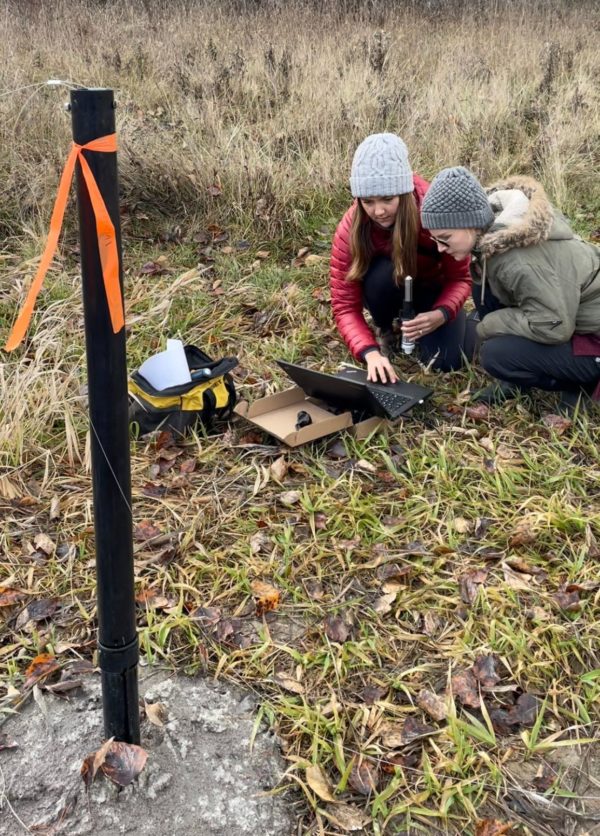 designers to discuss the need for ongoing work and develop a plan for further habitat enhancement. We installed a staff gauge and water/air temperature data loggers. A test pit was dug, elevation measurements were taken throughout the site, and the wetland perimeter was outlined. A piezometer was installed to track annual groundwater fluctuations. A restoration prescription was developed by world renowned wetland designer Thomas Biebighauser, with support from other relevant experts, volunteers and community members.
designers to discuss the need for ongoing work and develop a plan for further habitat enhancement. We installed a staff gauge and water/air temperature data loggers. A test pit was dug, elevation measurements were taken throughout the site, and the wetland perimeter was outlined. A piezometer was installed to track annual groundwater fluctuations. A restoration prescription was developed by world renowned wetland designer Thomas Biebighauser, with support from other relevant experts, volunteers and community members.
Observations from 2021
Kootenay Lake levels in 2021 were not high enough to breach the wetland inlet and inundate the ponds. The absence of water drove western toads to breed at an adjacent site, resulting in an estimated 100% tadpole mortality (zero tadpoles observed by mid- July). We dug a test pit on Aug 1st which revealed sustained groundwater just below the ground surface (in drought conditions), showing that we can increase water retention of the wetland by accessing groundwater. The installed piezometer containing a water level logger will track groundwater levels throughout the year. Photo right: Staff members Camille and Kayla downloading groundwater level data from water level logger.
What’s Next?
We have applied for funding to support the enhancement of this habitat in 2022.
The 2022 Harrop Wetland Enhancement project will aim to improve 0.7 ha of wetland habitat at the Harrop wetland 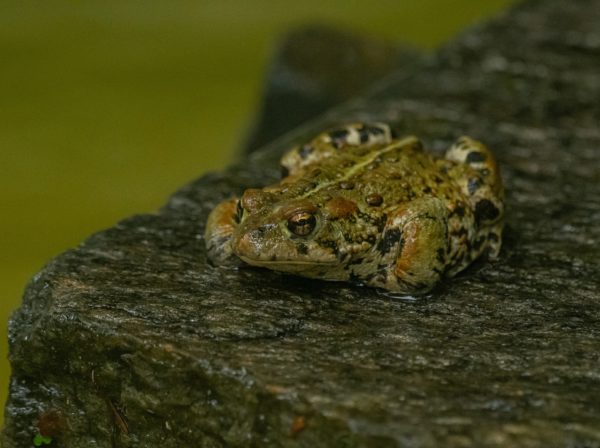 so the site meets initial restoration goals and maintains climate resilience. We are proposing that the wetland basin be lowered and connected to groundwater to ensure water levels exceed 15 cm from May to October annually. This will address ongoing concerns of western toad tadpole mortality caused by insufficient water levels. Habitat features will be shaped, planted and installed to increase habitat potential. Extensive community investment generated through meetings, training, planting and citizen science monitoring will ensure the wetland serves as an everlasting ecological refuge for wildlife and human visitors.
so the site meets initial restoration goals and maintains climate resilience. We are proposing that the wetland basin be lowered and connected to groundwater to ensure water levels exceed 15 cm from May to October annually. This will address ongoing concerns of western toad tadpole mortality caused by insufficient water levels. Habitat features will be shaped, planted and installed to increase habitat potential. Extensive community investment generated through meetings, training, planting and citizen science monitoring will ensure the wetland serves as an everlasting ecological refuge for wildlife and human visitors.
Goals for 2022:
-
- Ponds maintain >15 cm water depth between May and October in 9 of 10 years
- Western toads can successfully reproduce, with some toads reaching full maturity in 9 of 10 years
- The habitat niche is expanded to include a diversity of additional species
- Long-term community investment ensures the wetland thrives for many generations
Why is this project important?
The project is a direct conservation action that will improve wetland habitat and reduce mortality of western toad tadpoles, a COSEWIC species of Special Concern, that are affected by insufficient water levels, disease, habitat loss, and climate stress. To ensure climate resilience, the wetland must have a reliable water source and more shade cover to combat high temperatures and unpredictable lake levels.
Improvements would provide nesting habitat for waterfowl; breeding habitat for western toad, pacific chorus frog (Pseudacris regilla), and numerous insect species; and feeding grounds for bats, songbirds and waterfowl. Additional benefits include water filtration, floodwater storage, removal of invasive grass and wildlife viewing opportunities for the community. The project will combat the ever-increasing loss of wetlands across the province and create refuge for endangered, threatened or sensitive wetland users that have limited habitat options. Community meetings, training, and volunteer opportunities will ensure long-term community investment in the site. Additionally, this project will enhance stewardship ethics among involved residents, giving community members a sense of ownership and purpose in their role protecting local, cherished natural spaces.
How to Help
If you live near Harrop Wetland, keep an eye and ear our for amphibians and submit your observations through our Lake Watchers Program. If you are unsure how to identify amphibians, check out our Identifying Amphibian Call Workshop training video on YouTube.
Even if you don’t live near Harrop, the wetland and local amphibians need your help. By becoming a member, you directly support this project by providing the resources needed to restore this wetland, including devices to monitor groundwater levels and temperature, equipment to lower the wetland, hiring wetland designers, hosting meetings in the Harrop community, and more. Become a member here.
Special thanks to our sponsors:
